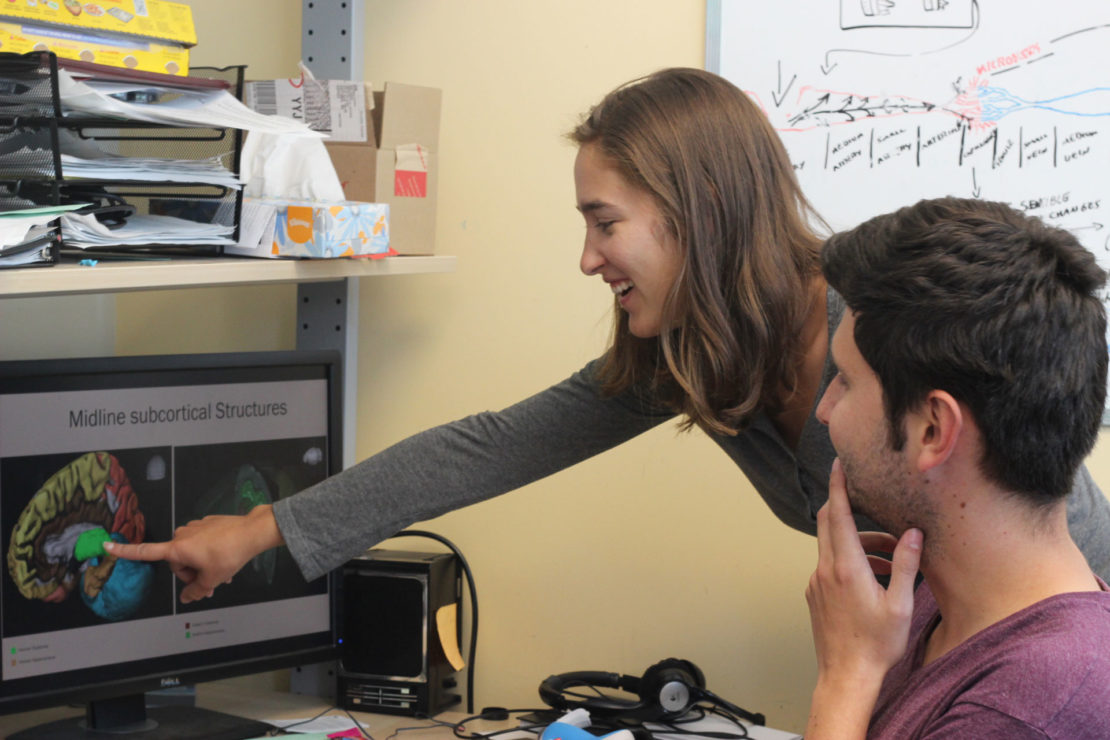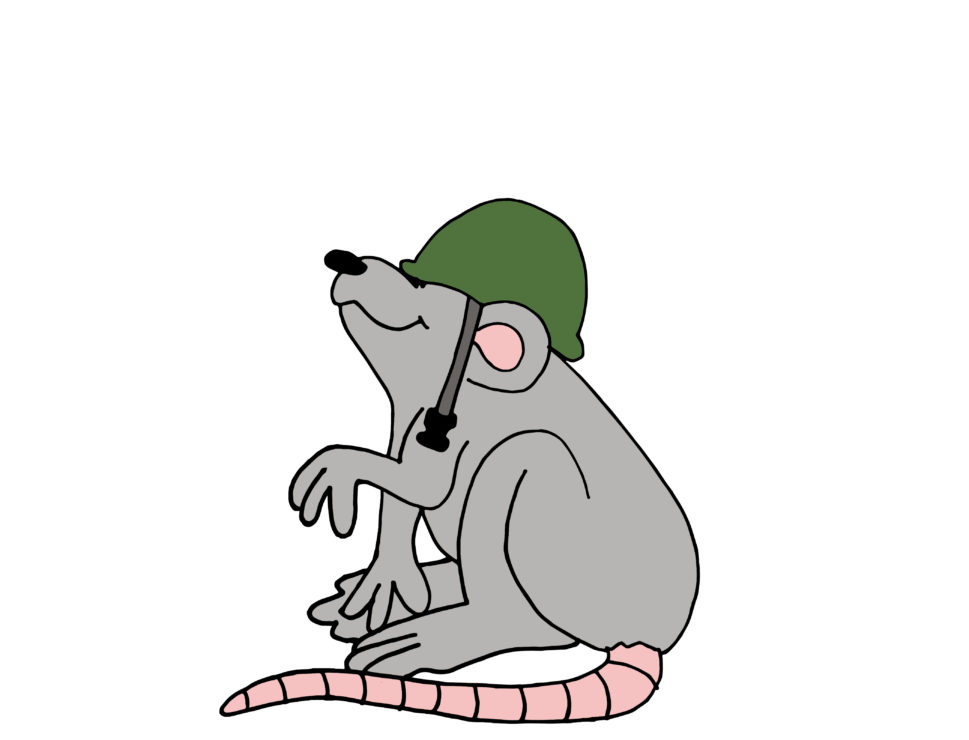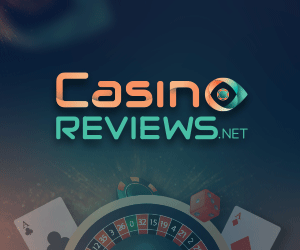How the changing landscape of concussion research has taken shape across campus
Rats with tiny helmets and 3-D video games—welcome to the front lines of concussion research and management. Information and best practices on treating concussions are constantly evolving as experts study the impact of traumatic brain injuries, and some of that research is being done in labs and clinics right here at UVic.
The results of this work could have a massive national impact, as the Northern Brain Injury Association of British Columbia reports that 452 people in Canada suffer a serious brain injury every day, which is a rate of one every three minutes.
“Each concussion is so different,” says Traci Vander Byl, who has helped to oversee the personalized management of concussions on campus as head athletic therapist at at the Vikes sports injury clinic for over 10 years. “When I arrived on campus, I didn’t feel like I was walking into a place where head injuries were brushed off.”
Over the past few weeks, the Vikes sports injury clinic has been gearing up in anticipation of the the season ahead. Procedures from the previous year will be reviewed and changed as needed to fit current guidelines, while student therapists are being trained on the updated protocol.
“When I arrived on campus, I didn’t feel like I was walking into a place where head injuries were brushed off.”
Each varsity athlete in a contact sport is required to book an appointment for baseline testing—a preliminary, preemptive analysis of their abilities that can later provide an important comparison when evaluating concussion-like symptoms—prior to each season. The athletic therapist also uses this meeting to educate them on how to identify a head injury.
The Vikes conducted a type of baseline test called SCAT 5 for 250 varsity athletes in contact and collision sports last year. Similar numbers are anticipated for the upcoming year. Of last year’s athletes, 29 of them received follow up treatment for concussions incurred both on and off the field.
For most athletes, it can take anywhere from a few hours to a few weeks to recover from a concussion. However, it’s the group with persisting symptoms that concussion tests and research are most concerned with identifying and treating, and whom experts refer to as the “miserable minority.”
Members of the miserable minority have a greater risk of repeat or more severe concussions and experience difficulty returning to academics. Dr. Brian Christie, who has spent the last nine years studying concussions as a professor of neuroscience at UVic and UBC, is at the heart of several studies which aim to develop better assessment techniques and new therapies to manage these types of concussions.
Most labs induce concussions through surgically cutting a hole in the rat’s head to punch the brain directly with a piston. At UVic, Pinar fits each rat with a tiny helmet that diffuses the force of a piston.
“Diagnosing a concussion is always very subjective, very difficult,” says Christie. “So we’re looking for ways that we can get more quantifiable assessment measures.”
Christie’s primary tool for evaluating concussions is NeuroTracker, a 3-D video game which has been used internationally by groups including the NHL’s Vancouver Canucks, the EPL’s Manchester United, and the U.S. Navy SEALs. The game tests an individual’s ability to track four target balls as they move and bounce among their identical counterparts, and can be used to help with concussion rehabilitation and build up an athlete’s cognitive-perceptual skills.
As the data is part of a study, Christie doesn’t charge any students or community members who want to use UVic’s NeuroTracker facilities. The research lab does not diagnose concussions, but they do offer recommendations and a frame of reference for medical professionals on how to manage the concussion.
Figuring out how to treat the miserable minority can be difficult, particularly in cases without a pre-established baseline of concussion testing scores. But even with widespread baseline testing, researchers can still put in a lot of time for little reward. Two years ago, Christie and his team spent months providing baseline testing for 300 junior hockey players, but only two reported back with concussions.

Cristina Pinar and Juan Triviño Paredes both work in concussion research. Photo by Emily Fagan, Senior Staff Writer
Some UVic students have been exploring alternative methods for studying the impact of concussions in areas where it is not possible to use humans for data collection. Cristina Pinar, a PhD candidate working in one of Christie’s labs, is looking at a new way to induce concussions in rats that will allow them to better understand how concussions affect brain cell communication.
Unlike most labs, which induce concussions through surgically cutting a hole in the rat’s head to punch the brain directly with a piston, Pinar fits each rat with a tiny helmet that diffuses the force of a piston. With the helmet, the piston still displaces the brain, but with minimized pain levels.
“We wanted to have something that resembles more what happens in a human population for concussions,” says Juan Triviño Paredes, a PhD student who works with Pinar. In results consistent with human trials, their method does not induce major structural changes.
The crux of Triviño Paredes’s research centres around the hypothesis that persisting problems for the miserable minority are symptomatic of an overreaction of proteins in the brain. When a concussion occurs, the brain experiences microbleeds similar to cases of Alzheimer’s disease and multiple sclerosis, which then triggers an inflammatory corrective protein reaction.
Triviño Paredes says this phenomenon can set off something similar to an exaggerated allergic response—the root of symptoms plaguing the miserable minority. He believes that figuring out a way to treat this reaction could be the first step towards preventing future neurodegenerative diseases.
“If we’re able to treat or stop the process here,” Triviño Paredes says. “You’ll have a better life.”









